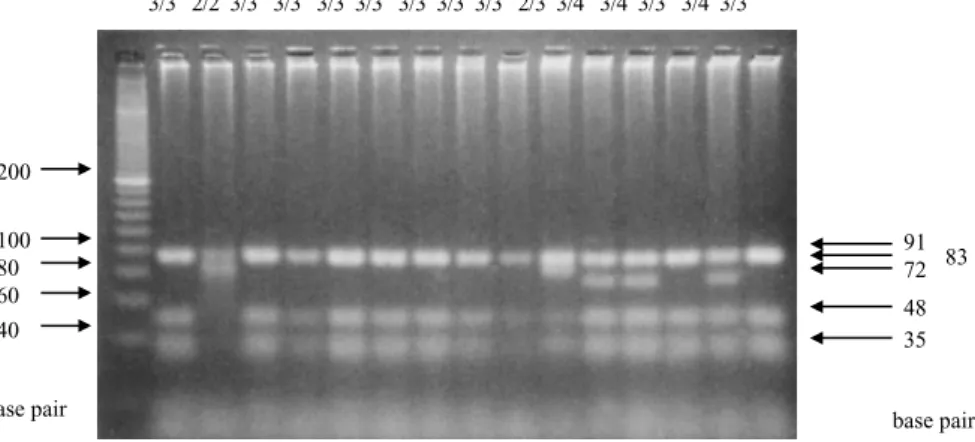Relation of apolipoprotein E polymorphism to clinically diagnosed Alzheimer's disease in the Korean population
전체 글
수치

관련 문서
1 John Owen, Justification by Faith Alone, in The Works of John Owen, ed. John Bolt, trans. Scott Clark, "Do This and Live: Christ's Active Obedience as the
Second, to see a similarity factor among the relation between a factor which forms peer group and the attitudes toward school life, in case of the
North Korea is not the country which deserves to be invested, but it could play a crucial role in the process of propelling the South Korea's new
Although Korea has been playing a leading role in the development of fusion power generation and Korea is playing a leading role in the world stage,
These results demonstrated that a positive role of Slug and Twist in tumor invasion in CRA, and inverse correlation between Twist and Slug expression
In conclusion, ellipsis plays an important role in English discourse as a grammatical device for drawing the listener's attention to the focal information
Secondly, in the results of the analysis as to the influence of the Taekowndo leader's leadership on the stress of a Taekowndo player, it appeared that in
The HbA1c level is correlated with cardiovascular risk factor in non diabetic elderly population and we suggest that HbA1c may predict cardiovascular risk as